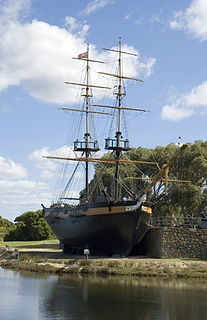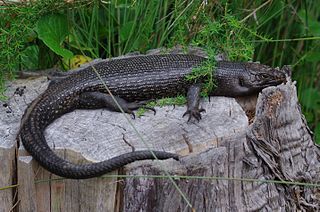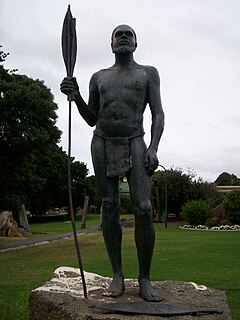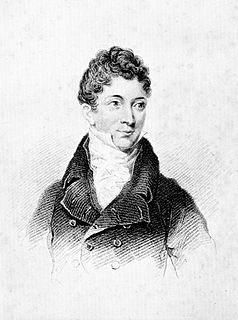Isaac Scott Nind (1797–1868) was an early colonial doctor, artist and pharmacist. He qualified LAC (Licentiate of the Apothecaries Company) in London on 13 July 1820. [1] He arrived in New South Wales in 1826. Within three weeks of his arrival he was appointed an Assistant Colonial Surgeon and sailed with the 39th (Dorsetshire) Regiment of Foot under Major Edmund Lockyer on the Amity to establish a convict-supported military garrison at King George Sound on Australia's south-west coast. [2]

New South Wales is a state on the east coast of Australia. It borders Queensland to the north, Victoria to the south, and South Australia to the west. Its coast borders the Tasman Sea to the east. The Australian Capital Territory is an enclave within the state. New South Wales' state capital is Sydney, which is also Australia's most populous city. In September 2018, the population of New South Wales was over 8 million, making it Australia's most populous state. Just under two-thirds of the state's population, 5.1 million, live in the Greater Sydney area. Inhabitants of New South Wales are referred to as New South Welshmen.

The 39th (Dorsetshire) Regiment of Foot was an infantry regiment of the British Army, raised in 1702. Under the Childers Reforms it amalgamated with the 54th Regiment of Foot to form the Dorsetshire Regiment in 1881.

The Amity was a 148-ton brig used in several notable voyages of exploration and settlement in Australia in the early nineteenth century.
While there he compiled a Nyoongar vocabulary [3]
Suffering from depression, he returned to Sydney in 1829, and then to London. He returned to New South Wales in February 1833 and settled in Paterson, where he practiced as a surgeon. He was appointed a Commissioner of Crown Lands in 1837. [4]

Paterson is a small township in the lower Hunter Region of New South Wales, Australia. Located within Dungog Shire it is situated on the Paterson River. At the 2006 census, Paterson had a population of 345 people. It is in the middle of what was once dairy, timber and citrus country and is now more significantly a feeder town for the nearby mining industry in the Upper Hunter and the city of Newcastle.
The Commissioner of Crown Lands was a government official who was appointed to administer crown (government) land in the various Australian colonies.
He married Maria Anne Johnston and had five daughters. [1]











